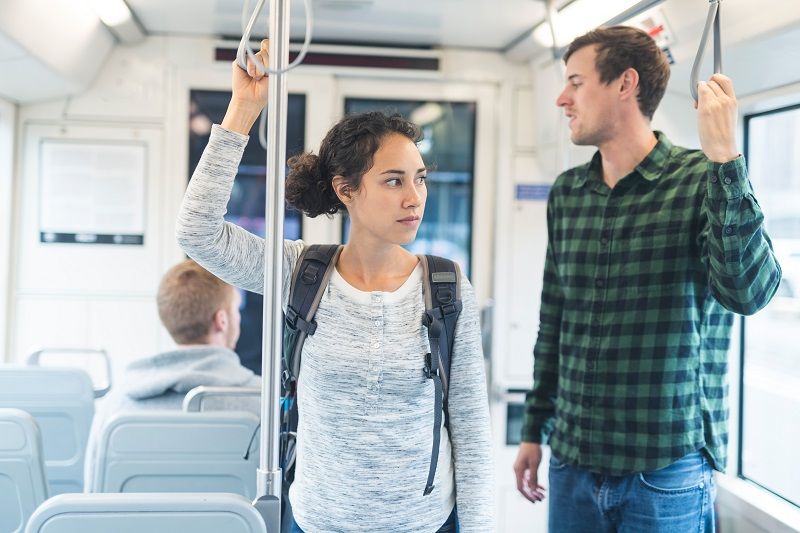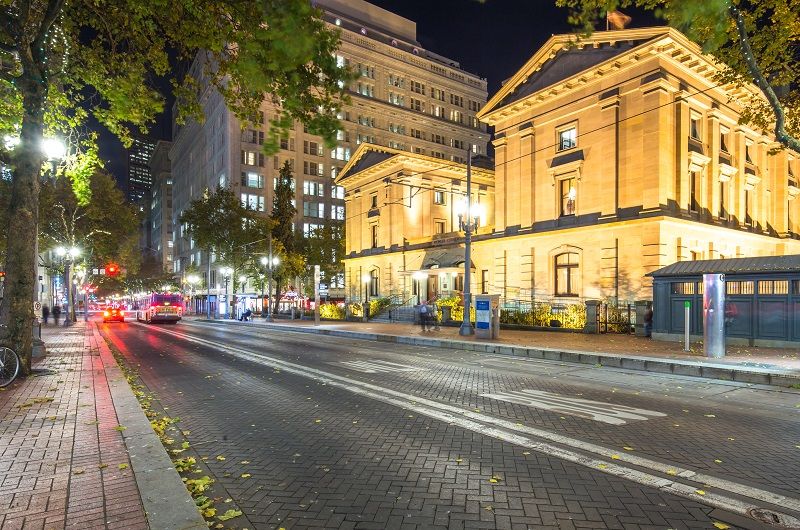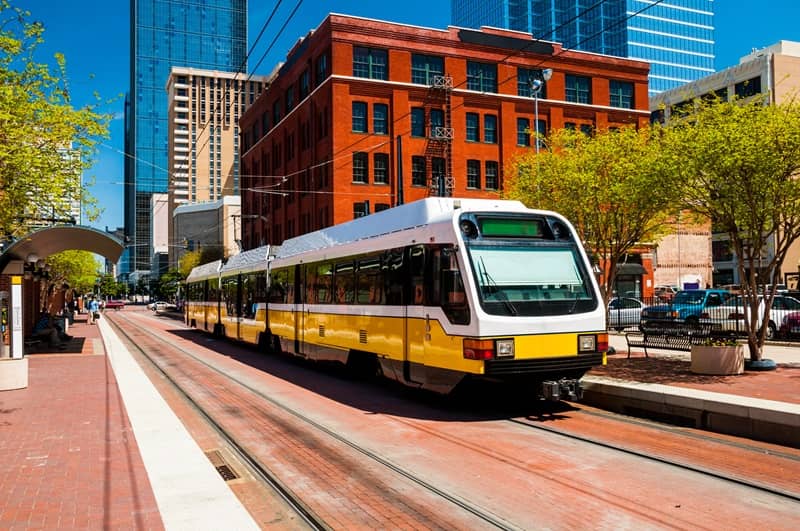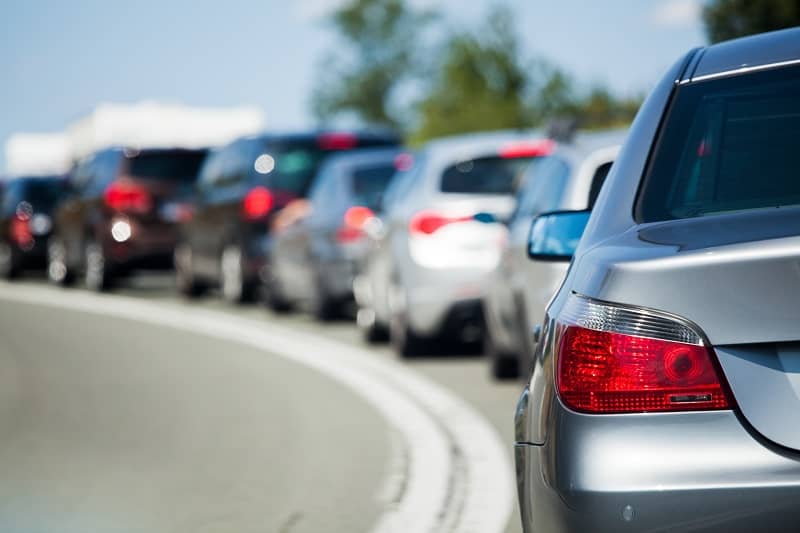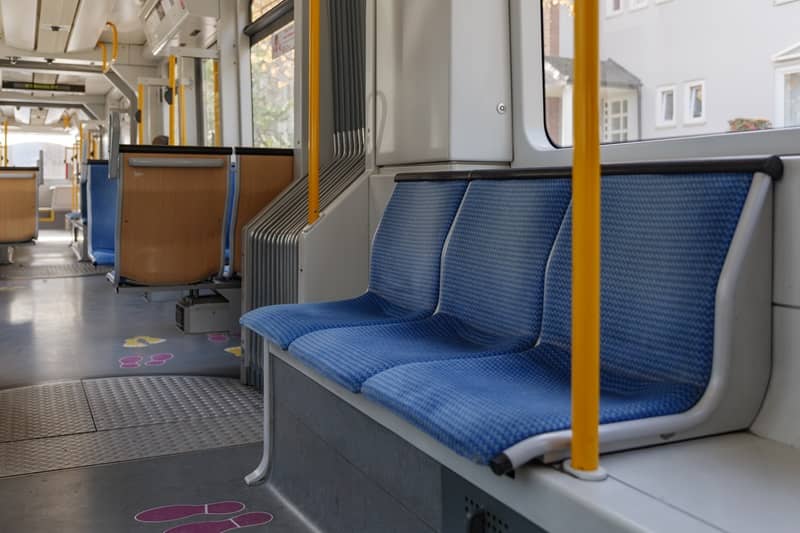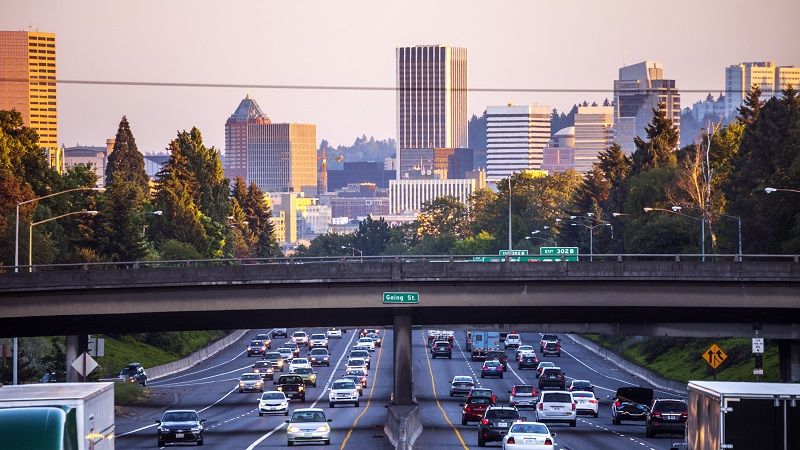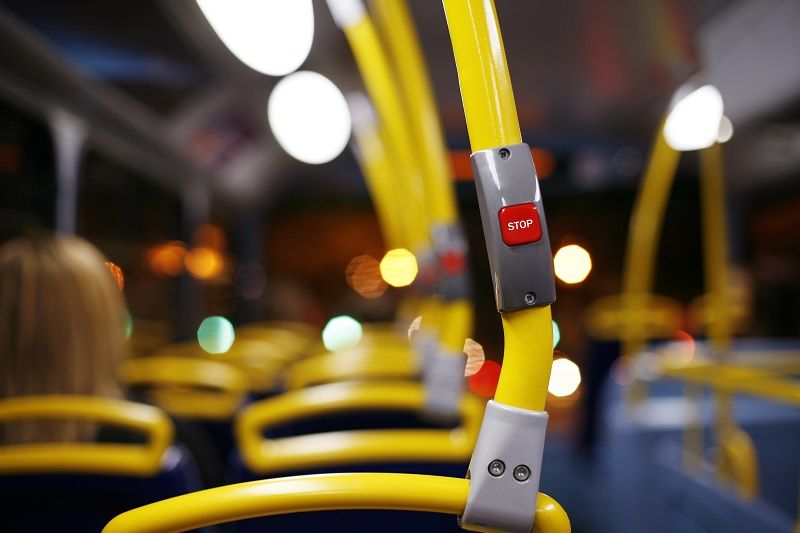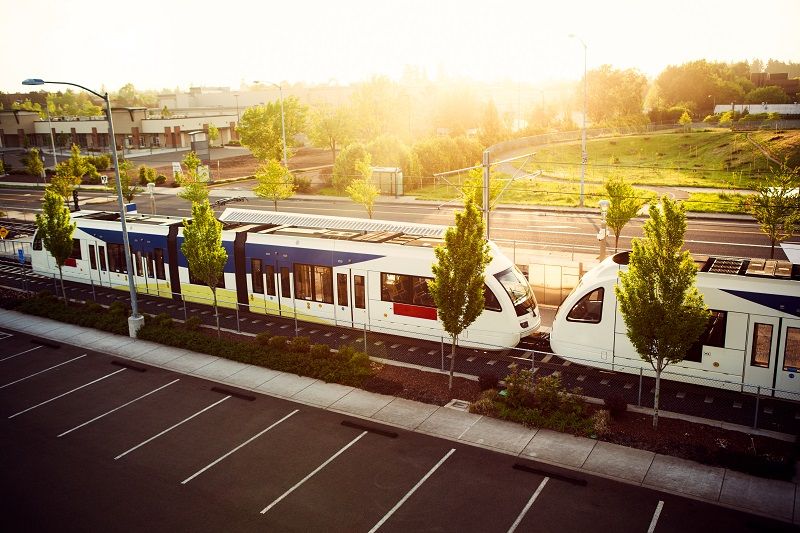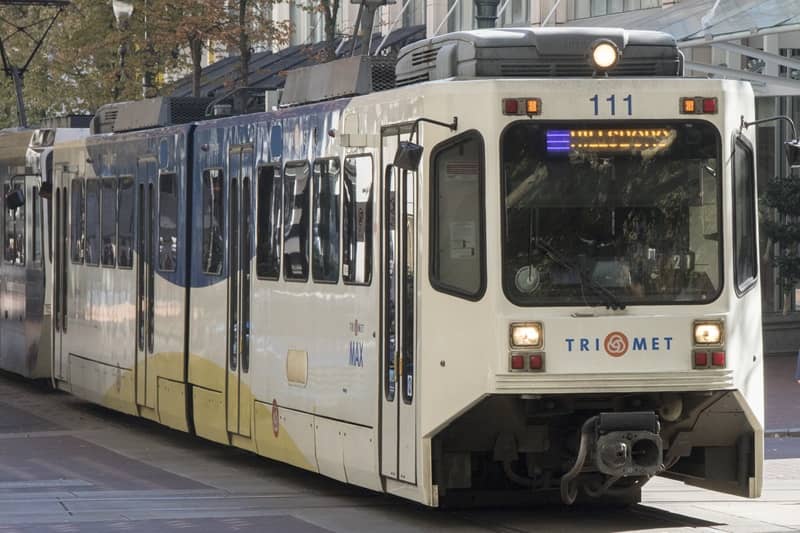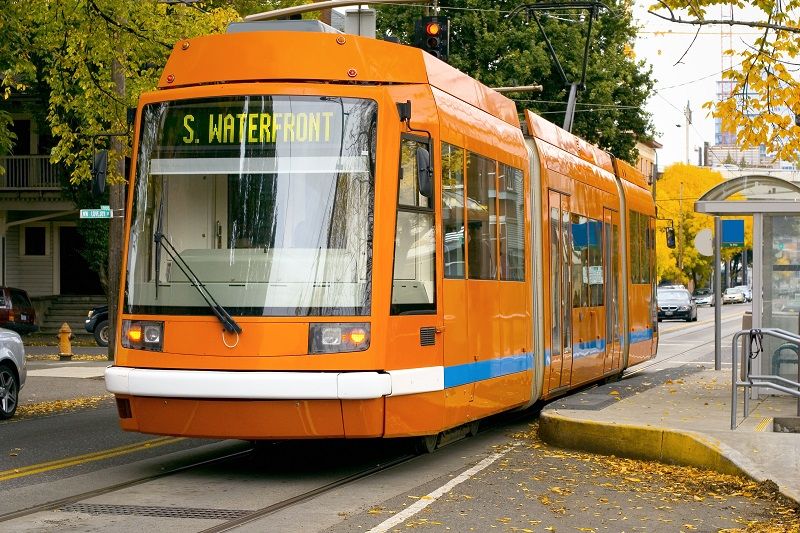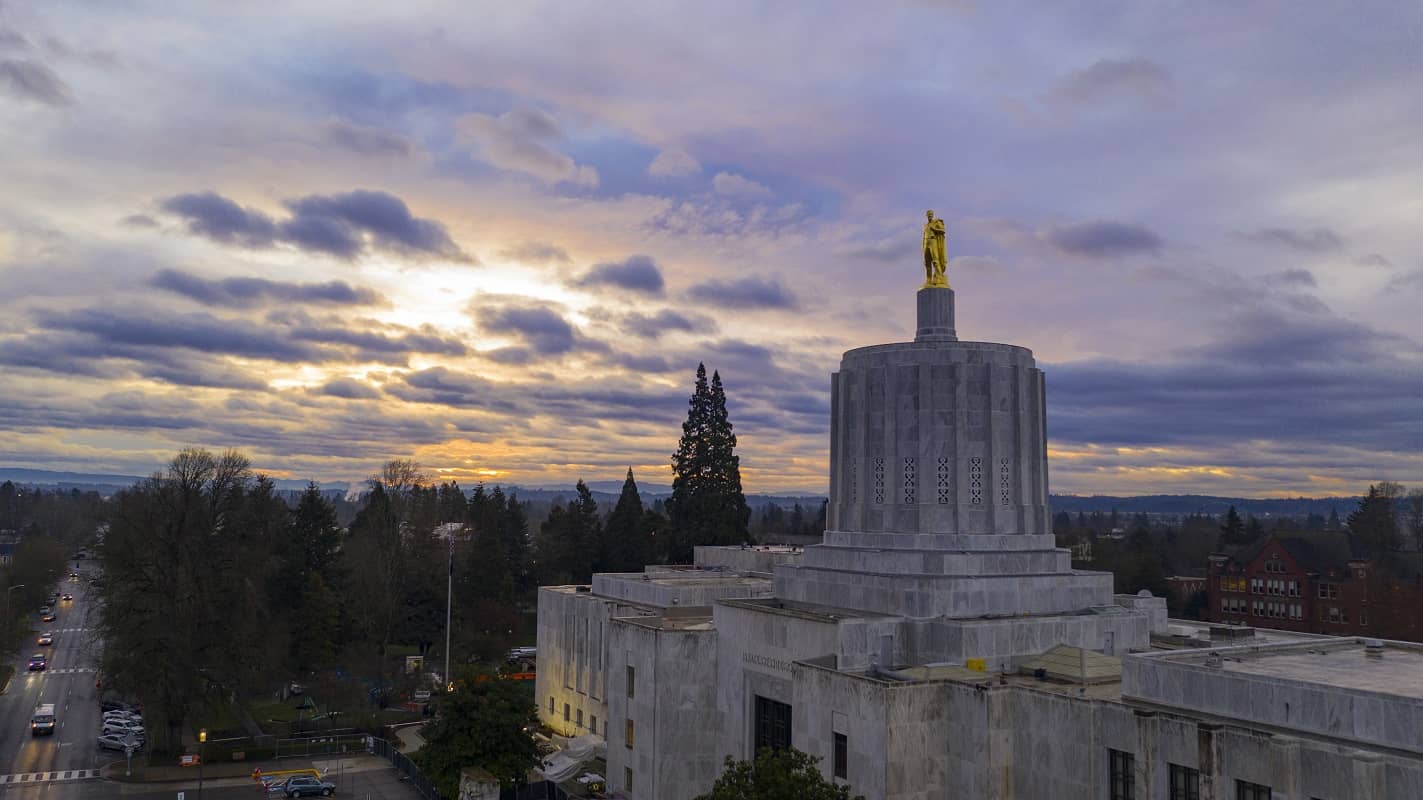Recently, the Metro Council received the results of a four-county household travel survey – the first such survey conducted by its staff since 1994. Among other things, the results showed that 81% of all regional commuters use a car to get to work, compared with 90% in 1994.
Metro Councilors were very excited by this apparent drop. They immediately took it as proof that the agency’s anti-car, pro-density policies are “working.” Council President Tom Hughes directed staff to quickly come up with a favorable “storyline” for the survey.
However, that may be a difficult task, because the evidence about regional travel patterns is more nuanced than it appears. For example, automobile commuting has dropped, but that has generally not translated into higher transit use. In fact, market share for transit in Portland has flat-lined for the past 12 years, as shown below. Travel is shifting to biking, walking, and telecommuting.
Mode Share for Weekday Commuting in Portland
1997-2012
|
Mode |
1997 |
2000 |
2004 |
2008 |
2010 |
2012 |
|
Auto |
80% |
77% |
80% |
73% |
69% |
67% |
|
Transit |
10% |
12% |
11% |
11% |
12% |
12% |
|
Drive/transit |
2% |
2% |
2% |
4% |
— |
— |
|
Bike |
3% |
3% |
4% |
8% |
7% |
7% |
|
Walk |
5% |
5% |
4% |
4% |
6% |
7% |
|
Other |
– |
– |
– |
– |
7% |
6% |
Source: Portland Auditor’s Annual Community Surveys
This has caused a large mismatch between mode-shifting trends and public expenditures. Since 2000, we’ve opened a commuter rail line, created the Portland Streetcar, added four new light rail lines, approved construction of a new transit bridge over the Willamette River, and watched TriMet’s annual budget grow by 142%. Yet, the transit market share for commuting is stuck at 12%.
Even worse, transit share is actually declining in TriMet’s most natural market, downtown Portland. According to the Portland Business Alliance, between 2001 and 2010 the transit share of commuting travel for downtown workers dropped from 45% to 38%.
Other travel behavior metrics are equally puzzling. For instance, Metro regularly keeps track of daily vehicle miles traveled per-person (VMTPP) in the region. Since 2000 the VMTPP for Portland residents has declined by 4 percent, from 20 miles per day to 19.2. Yet the daily VMTPP for Vancouver travelers dropped by a much bigger margin, from 21.8 miles to 17.23 – a 21 percent change.
So if Metro Councilors hope that their staff will create a favorable “storyline” showing how regional land-use policies have led to reduced driving, they will also have to explain why the drop has been much greater north of the Columbia River.
But putting these conflicting trends aside, the biggest problem with Metro’s response to the survey is the agency’s worldview that driving is socially undesirable, so if we have less auto commuting, the region is automatically more “livable.” Not only is there nothing intrinsically wrong with driving, one easily could make a case that high levels of personal automobile use are indicators of an economically vibrant and socially dynamic region.
Increased driving is strongly correlated with higher incomes. In the Metro travel survey, transit mode share for households with less than $25,000 of family income was 9 percent, but only 2 percent for households with income greater than $75,000. How many people in the region would be unhappy if all households had incomes greater than $75,000 but transit use dropped as a result?
ODOT data shows that for every new job created, we should expect to see another 15,500 vehicle miles travelled each year. If total auto use went up because vast numbers of new jobs were created, would that make the region less livable?
And numerous studies have shown that access to a private automobile is critical to improving the economic wellbeing of low-income households, especially for those seeking employment. In fact, a growing number of progressive social service agencies (including at least one in Portland) are now running low-income car loan programs to help get poor people into private wheels. Should we discourage such programs because they cause transit use to drop?
Every trip has a purpose. If that purpose can be met best through a privately owned motor vehicle, then it does not make us better off to have politicians artificially discourage auto use by using parking meter revenues to pay for the streetcar, disallowing needed highway expansion, raising the TriMet payroll tax rate, subsidizing high-density projects with tax abatements, and cannibalizing scarce roadway capacity for light rail.
Instead of scheming to put a political spin on its new travel survey, Metro should use it to start a new conversation about how to define “livability.”
John A. Charles, Jr. is President and CEO of Cascade Policy Institute, Oregon’s free market public policy research organization.
